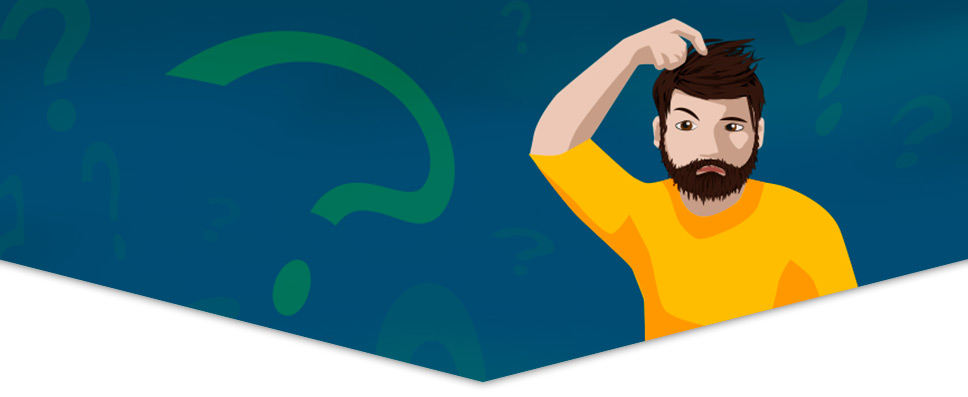
What is LPWAN? What is LoRaWAN?
Various technologies exist in the field of low power wide area networks (LPWAN for short). The best-known representatives in Germany include LoRaWAN, NB-IoT and Sigfox.
Each of the technologies has its own specifics - what is common to all technologies is that small amounts of data can be transmitted over a long distance with minimal energy consumption. The sensors, which are usually battery-powered, send their measurement data to a gateway, which receives the data and forwards it to a corresponding backend system via an Internet connection. The range is between 7-15km, with signals reaching basements at shorter distances. In addition to the similarities, however, there is also a major difference between LoRaWAN and NB-IoT. This difference lies in the fact that LoRaWAN uses a license-free frequency band and NB-IoT, as a sub-protocol of 4G, is in the frequency range requiring a license.
This circumstance has led to the fact that in recent years various players, especially municipal utilities, energy providers, but also housing associations and industrial companies, have begun to build their own LoRaWAN infrastructure in their area of operation. Thus, local use cases can be served cost-effectively via this technology. Supra-regional use cases are mostly mapped with NB-IoT or Sigfox, whereby the expansion of NB-IoT has not yet been completed in Germany.
LoRaWAN is supported by the LoRa Alliance , which now comprises more than 500 companies, is being continuously developed.
Distances of radio technologies

NB-IoT or LoRaWAN - Which technology is better?
We have taken a look at the respective advantages and their possible uses and compared them with each other.
FAQs – Frequently asked questions
No, the Internet connection doesn't have to go that far. A LoRaWAN gateway in the IoT network takes over the function of sending the collected data from the sensors to your chosen backend via internet connection. Depending on the environment, a well-positioned gateway can receive sensor data over a distance of several kilometers. Since the sensors transmit the data using LoRaWAN wireless technology, there is no need for internet on the routes. That' s exactly where one of the biggest advantages of LPWAN technologies like LoRaWAN is, to bridge a long distance without an Internet connection.
The differences lie in the data transmission, which is partly limited to save energy (very often long-life battery).
Class A works according to ALOHA method, the sensor sends the data packets to the gateway, followed by two receive windows. During these receive windows the sensor can receive data. Outside of these receive windows, the data goes into the void.
Class B opens receive windows at specified times, for this the sensor and the gateway must be synchronized in time.
Class C is permanently open and receives data. Class C sensors often require more energy than the devices of the other two classes.
The LoRaWAN sensors collect information from their environment (such as the current temperature) and send it to a LoRaWAN gateway. This gateway can, depending on the position and environment, receive data over a distance of several kilometers and sometimes from several hundred sensors. The gateway is also the one that sends the data to a network server (Internet). This can be done via LAN, WLAN but also via mobile radio, depending on the respective requirements.
Learn more about the LoRa Alliance at:
lora-alliance.org
In German-speaking countries, LoRaWAN transmits in the 863 to 870 MHz range, the 868.
The position of a sensor is often crucial for a correct measurement. For example, a
CO2-Sensor
, the sensor should be mounted at head height, for example, because this is where exhalation takes place, and not at foot or overhead height. However, if sitting is a priority in the room, as in a school, the sensor height must also be adjusted accordingly. Other example is the
Radar People Counter
which detects people at a specific angle, outside this cone, of course, does not work. Accordingly, it is always advantageous to have a trained technician on site.
A self-powered gateway can also be directed to its own LNS/backend, which runs e.g. on a Raspberry PI or even on the gateway itself. This then simply has to pass on the measured values via MQTT or similar. For processing the data via third-party gateways, you need a LoRaWAN network server (LNS). Here we recommend
thethingsnetwork.org
. This LNS is quite sufficient and recommendable for private applications, because there are no fees and a free account can be opened.
No, this cannot be avoided. However, since your data packets are encrypted and your sensor is not known to the foreign LNS, the risk is manageable. Should you transmit critical data via LoRaWAN, we can gladly advise you on further data protection measures.

